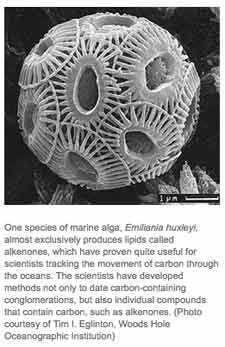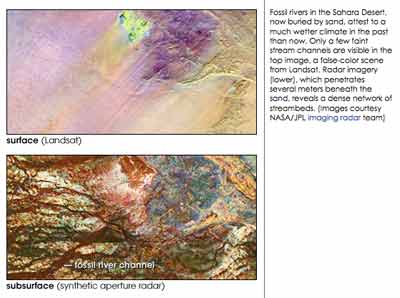Start with the Introduction to the Feature Articles on NASA's Earth Observatory web site to see how scientists explain rapid climate change. The beauty of Earth's cities at night affirm our need for energy.
Global Warming and rapid climate change? There is room for denial, ask anyone who has been given a terminal AIDS or cancer diagnosis. But we are one big family with too many secrets. The U.S. and other nations cannot continue to exempt the military from environmental standards.
Perhaps our accepted ideas about the origin of oil will change as we discover life at the Earth's core and get more data from new missions beyond the Earth. What if we discover that the extraction methods and new technology that have given us hydraulic fracturing are destined to be obsolete? New research following in the footsteps of Thomas Gold's out-of-the-box thinking may lead us down a very different energy path.
The oceans and atmosphere are partners in creating Earth's climate. There is still much that remains to be discovered about the relationship between the geology underlying the oceans and Earth's climate.
Hayman, N. W, W. Bach, D. Blackman, G. L Christeson, K. Edwards, R. Haymon, B. Ildefonse, M. Schulte, D. Teagle, and S. White. “Future Scientific Drilling of Oceanic Crust.” Eos: Transactions of the American Geophysical Union 91, no. 15 (2010): 133–134.









